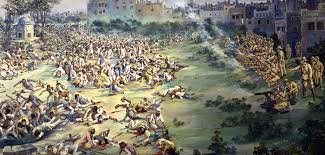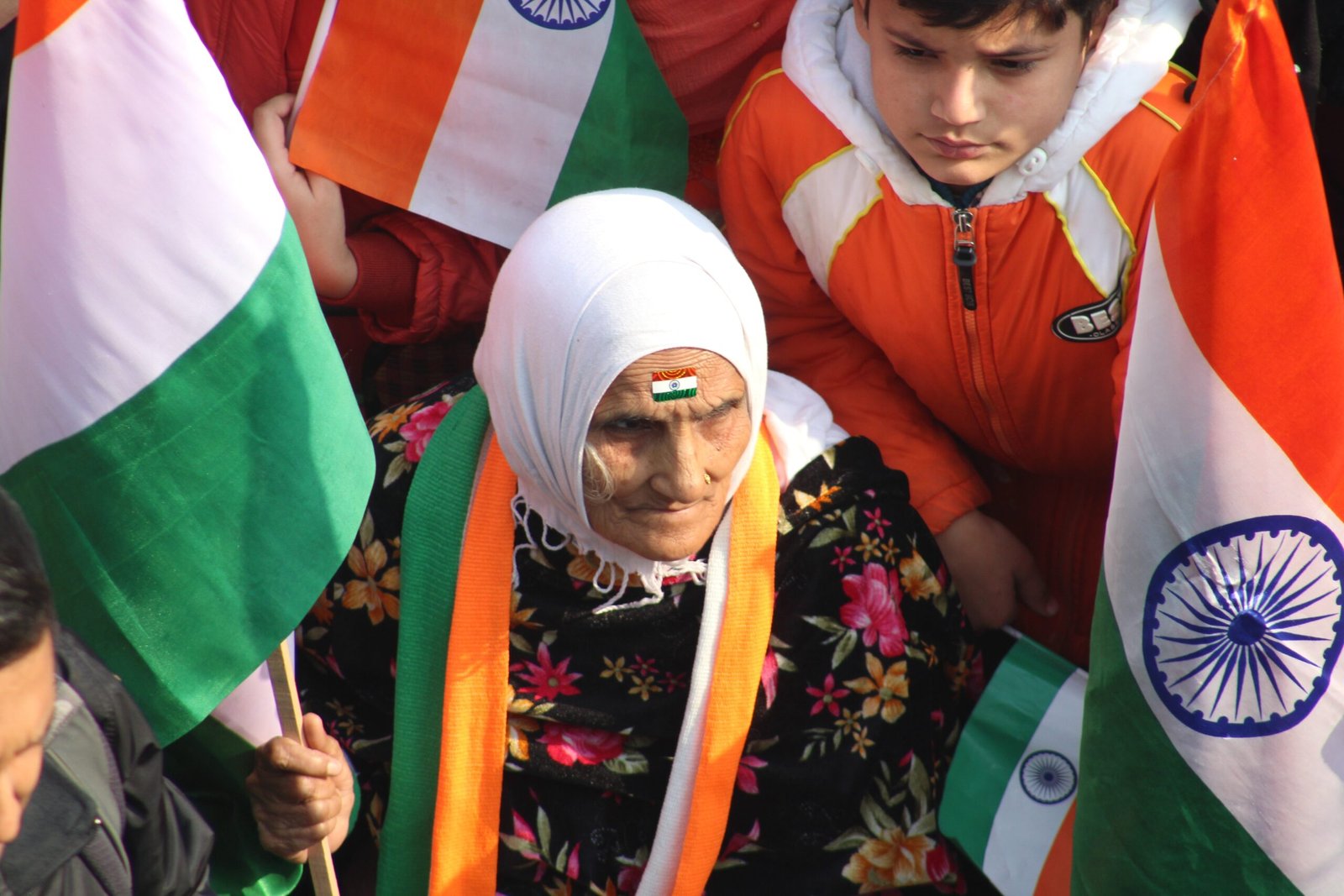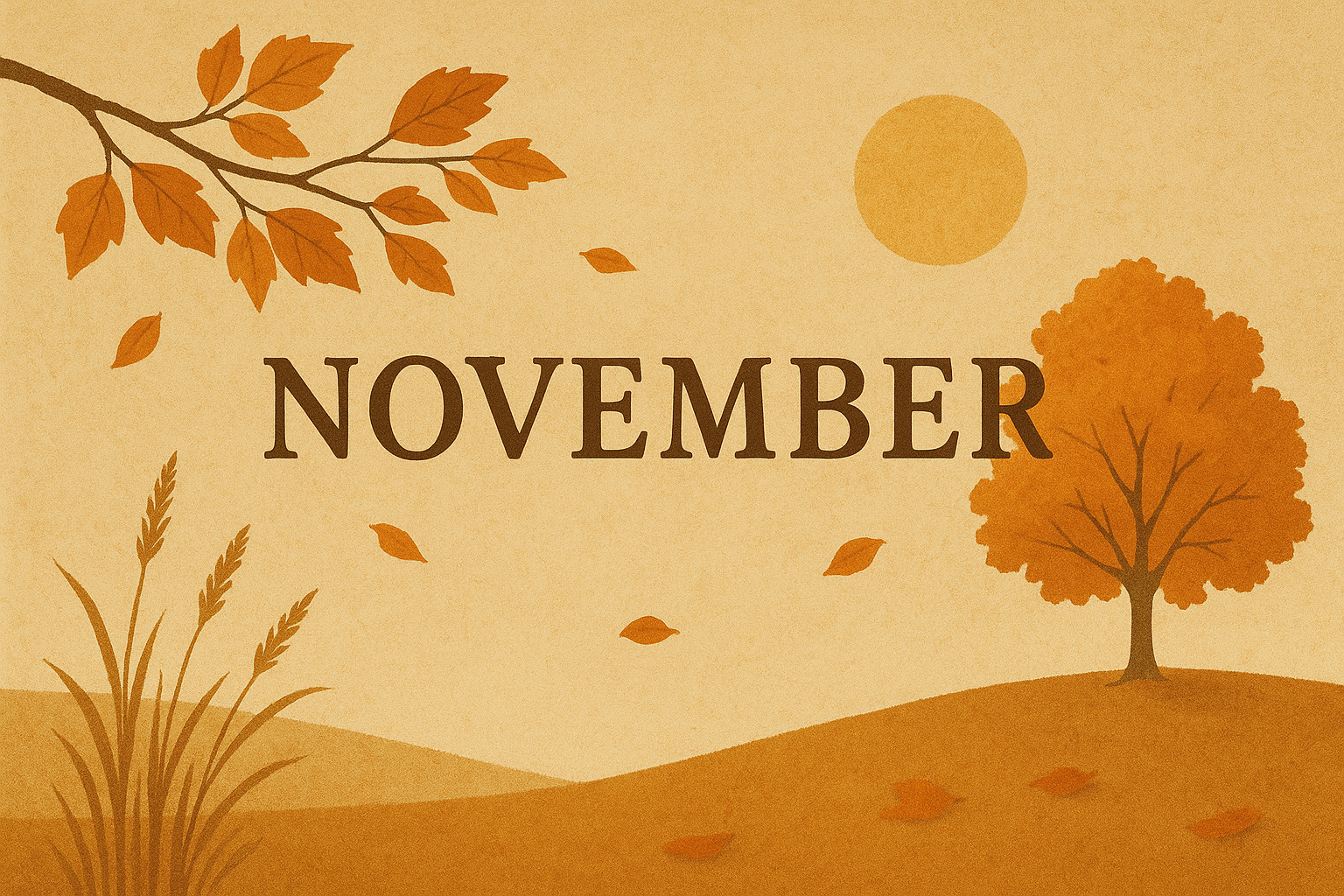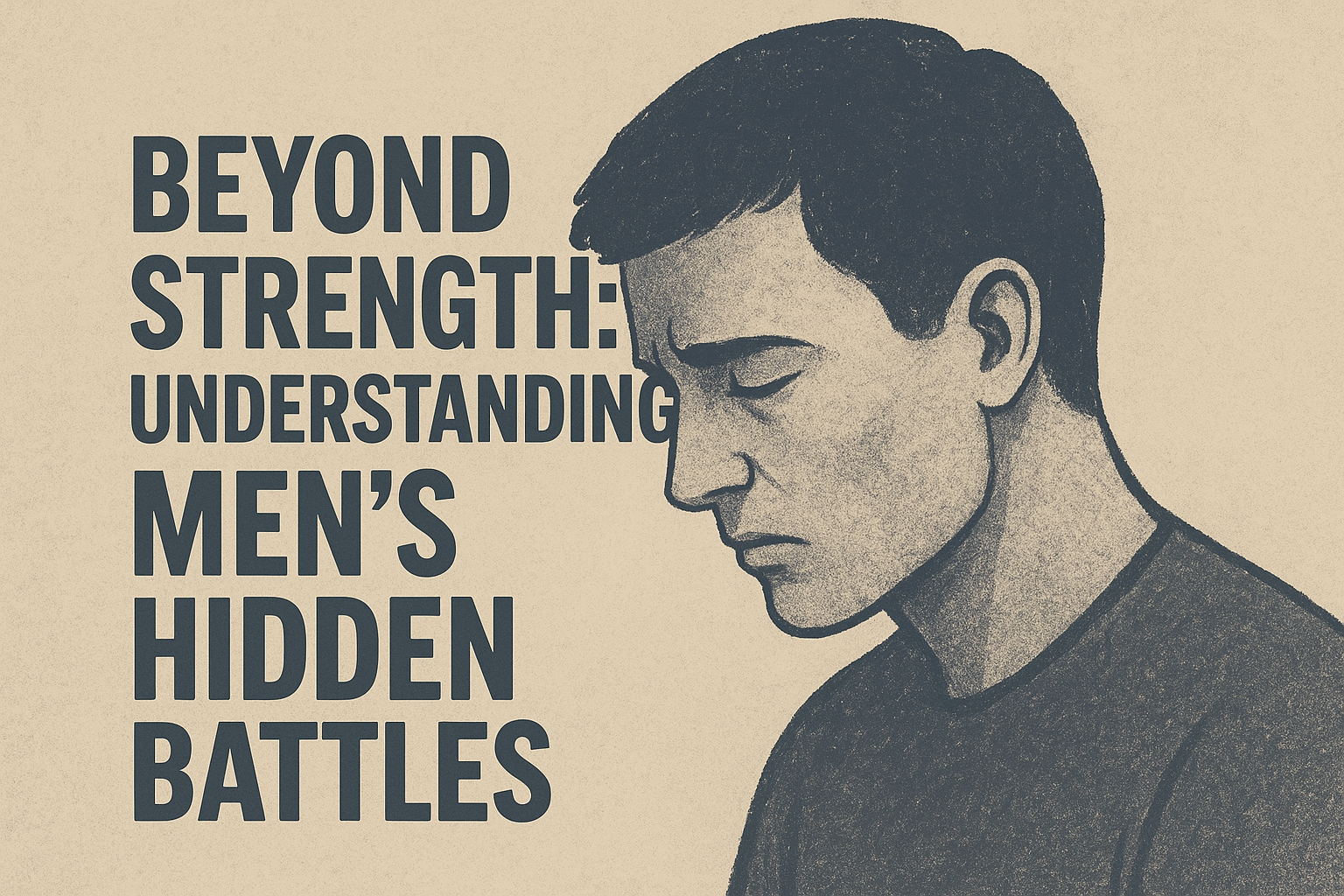It was a typical day of Baisakhi celebrations in Amritsar. The whole city was preparing to celebrate this joyous festival with great fervor on 13th April 1919.
It was during that time that the British passed the Rowlatt Act, according to which the police could arrest any Indian without any reason. This led to the arrest of arrest of independence activists Saifuddin Kitchlew and Satyapal.
The Gathering
The people of Amritsar and the adjoining areas had decided to meet at Jallianwala Bagh as a peaceful gathering to discuss the Rowlatt Act. Also, among them were folks who had come to Amritsar for the Baisakhi fair and celebrations. On the fateful day, a crowd of at least 10,000 men, women, and children gathered in Jallianwala Bagh.

The Bagh is surrounded and closed on three sides and has a narrow entrance and exit at only one side.
General Dyer, following the orders of Michael O’Dwyer, arrived there with the Gurkha and Sikh infantry regiments of the British Indian Army.
The only exit of the park was blocked, and the Dyer ordered his 90 soldiers to open fire at this peaceful crowd without any warning or announcement. 379 to 1,500 or more people were killed in this massacre, and over 1,200 others were injured, of whom 192 sustained serious injury. To escape the firing, many jumped into the well till it became a dump of human bodies and corpses.

This was the saddest day in the history of India’s freedom movement.
The Eye Witnesses
Ratan Devi, who lost her husband in the massacre, describes the gory details of the fateful night. She spent the night among the dead bodies of the Bagh, mourning the death of her husband.
It was only in the morning that some folks arrived for help, and she could carry out the body of her husband in a wooden charpoi (four-legged bed).
She laments, “What I experienced that night is known only to me and to God.“
The Transformation
As an aftermath of this, the India’s struggle for Independence took a new turn
- Rabindranath Tagore renounced his Knighthood as a symbol of protest
- Mahatma Gandhi gave up his title of “Kaiser-i-Hind”
- This gave rise to the non-cooperation movement led by Mahatma Gandhi, which aimed to resist British rule through civil disobedience.
- The massacre became a powerful symbol of British oppression and brought in International attention. This further fueled the demand for Indian independence against the British rule.
The Revenge
Sardar Udham Singh is a historic name to be associated with the Jallianwala Bagh massacre. He was serving water to the attendees at the time of the attack and watched the whole massacre unfold. This sparked a great hatred for the British rule and he vowed to avenge it.

His mission of life was to track down O’Dwyer, who had returned to England in 1925. General Dyer had died by then due to ill health.
O’Dwyer was supposed to be attending an event at Caxton Hall in Westminster, London, on March 13, 1940. Udham Singh chose this as his opportunity to plan the revenge. He reached the hall with a loaded gun. Just as O’Dwyer finished his speech, Singh shot him twice. This was his revenge after a long wait of 21 years.
Thoughts
We might have read these events several times in our history books – but still even today it brings tears to our eyes to remember these brave hearts. They were united by a common mission – to get freedom for our motherland – the freedom that we take for granted today. It is always worthwhile to remember that this freedom came to us at a huge cost – a cost of struggle and sacrifice of uncountable Indians.
A salute to them!

By Manjusha Dutta
Manjusha Dutta is a Senior Manager with a Software Insurance organization. A movie buff and an amateur dancer, she rocks in the videos that she creates for her YouTube channel. She can be reached at manjushadutta@gmail.com.















One Response
A vivd description of what happened so many years ago and which proved to be pivotal in shaping our Indian struggle for Independence. We may have read this before as mentioned in the article but it is good to be reminded of this especially as grown ups – not to belittle the sacrifices of so many innocent people.